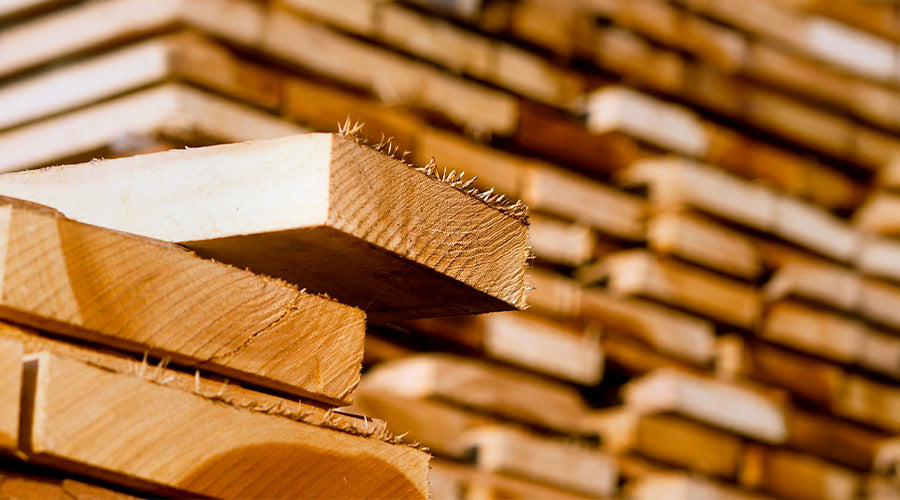
Timber Hangers
Strong and secure joist support for timber structures
Timber hangers are essential in structural timber construction, providing secure, load-bearing connections between joists, beams, and framing components. Whether you're using timber joist hangers for flooring and decking, timber to timber joist hangers for structural framing, or heavy-duty joist hangers for high-load applications, selecting the right timber to timber hangers ensures strong and durable construction.
Timber hangers are widely used in residential, commercial, and industrial projects, helping to enhance stability, distribute loads evenly, and prevent movement in timber connections.
Timber joist hangers provide reliable support and stability for flooring and roofing structures. Designed for easy installation and strong load-bearing performance, they ensure a safe and durable build. Browse our timber hangers now.
No products found
Use fewer filters or remove all
What are timber hangers?
A timber hanger is a metal bracket or connector used to secure timber joists, beams, or rafters to a supporting structure. Made from galvanised steel or stainless steel, these hangers are designed to support heavy loads while preventing timber from splitting or weakening.
Timber hangers are commonly used in flooring systems, roofing structures, decking, and framing, providing a strong and stable attachment between joists and beams.
Types of timber hangers
- Timber joist hangers – designed for securing joists to beams or masonry walls.
- Timber to timber joist hangers – used to connect two timber elements together, ensuring a strong load-bearing connection.
- Heavy-duty joist hangers – built for high-strength applications, supporting heavy loads in large timber structures.
- Adjustable joist hangers – allow for custom fitting and positioning in non-standard applications.
Timber hangers provide a secure and durable fastening method that enhances long-term structural stability.
How to use timber hangers?
Using timber hangers ensures proper alignment, load distribution, and structural reinforcement for timber frameworks.
Choose the right type of timber hanger
- Use timber joist hangers for floor and roof joist support.
- Use timber to timber hangers when connecting wooden beams directly to each other.
- Select heavy-duty joist hangers for high-load applications.
Measure and mark joist positions
- Use a measuring tape and pencil to mark where the joist hangers will be installed.
- Ensure joist spacing is accurate and consistent to avoid misalignment.
Fix the hanger to the main beam or wall
- Position the joist hanger against the beam or masonry wall.
- Secure it using nails, screws, or masonry bolts, ensuring it is flush with the surface.
Insert the joist or beam
- Place the joist into the hanger and check for a snug fit.
- If required, use a rubber mallet to position the joist properly.
Secure the joist
- Drive nails or screws through the pre-drilled holes in the hanger flanges to attach the joist securely.
- Ensure all fasteners are tightly secured for maximum stability.
Properly installed timber hangers provide a secure, load-bearing connection that enhances the strength and durability of timber structures.
What are the benefits of timber hangers?
Provides strong and secure joist support - Timber joist hangers help reinforce structural connections, preventing joists from shifting or weakening over time.
Improves load distribution - By spreading weight evenly across the structure, timber hangers reduce stress points and prevent timber warping or sagging.
Faster and more reliable installation - Joist hangers eliminate the need for complex wood joinery, making installation quicker and more efficient.
Corrosion-resistant and long-lasting - Made from galvanised or stainless steel, heavy-duty joist hangers offer weather resistance and long-term durability.
Suitable for a wide range of applications - Timber hangers are used in decking, flooring, roof trusses, and framing, making them essential for both residential and commercial projects.
What are timber to timber hangers?
Timber to timber hangers are specifically designed to connect two wooden beams or joists together, ensuring a strong and secure structural link.
These hangers are commonly used in:
Roof trusses – securing rafters and timber beams together.
Flooring systems – connecting floor joists for stability and load support.
Decking and outdoor structures – providing strong timber to timber connections for decks, pergolas, and fencing.
Using timber to timber joist hangers ensures better weight distribution and enhanced stability in timber-framed buildings.
What type of timber hangers do you need?
Choosing the right timber hanger depends on load requirements, installation method, and material compatibility.
- Timber joist hangers are best for securing floor and ceiling joists to beams.
- Timber to timber hangers provide strong wood-to-wood connections for framing and joinery.
- Heavy-duty joist hangers are ideal for supporting large timber loads in structural applications.
- Adjustable joist hangers offer flexibility for non-standard joist sizes and custom installations.
Selecting the correct hanger ensures secure, stable, and long-lasting timber constructions.
How to fix joist hangers to timber?
Correctly fixing joist hangers to timber ensures strong and secure support for floors, ceilings, and decking.
Position the joist hanger - Place the joist hanger against the timber beam or post where the joist will be installed.
Secure the hanger to the beam - Use nails, screws, or structural bolts to fix the hanger flanges to the timber surface. Ensure each fixing point is secured for a strong hold.
Insert the joist - Position the timber joist into the joist hanger slot, ensuring it sits flush and level.
Fasten the joist in place - Drive nails or screws into the joist through the hanger flanges to lock it securely in place.
Inspect and reinforce if needed - Check for alignment and stability, ensuring the joist does not move under load.
Properly fixing joist hangers to timber ensures strong, durable, and long-lasting timber structures.
Timber hangers are an essential component in timber framing, flooring, and structural applications, providing secure and reliable joist support. Whether you need timber joist hangers for floor construction, timber to timber joist hangers for wood joinery, or heavy-duty joist hangers for load-bearing support, selecting the right solution ensures maximum strength, stability, and durability.
By understanding how timber hangers work, their benefits, and proper installation techniques, builders and DIYers can achieve safe, long-lasting timber structures that withstand high loads and environmental factors.
Timber build advice:
-

How to soundproof a timber house?
Find out how -

How to connect timber to…..?
Find out how -

How to fix timber build noise issues?
Find out how
Need advice on your timber project?
Our team of experts are ready to assist you with any questions or guidance you may need for your timber construction. Whenever you're ready to delve deeper into the possibilities, feel free to reach out to us.



